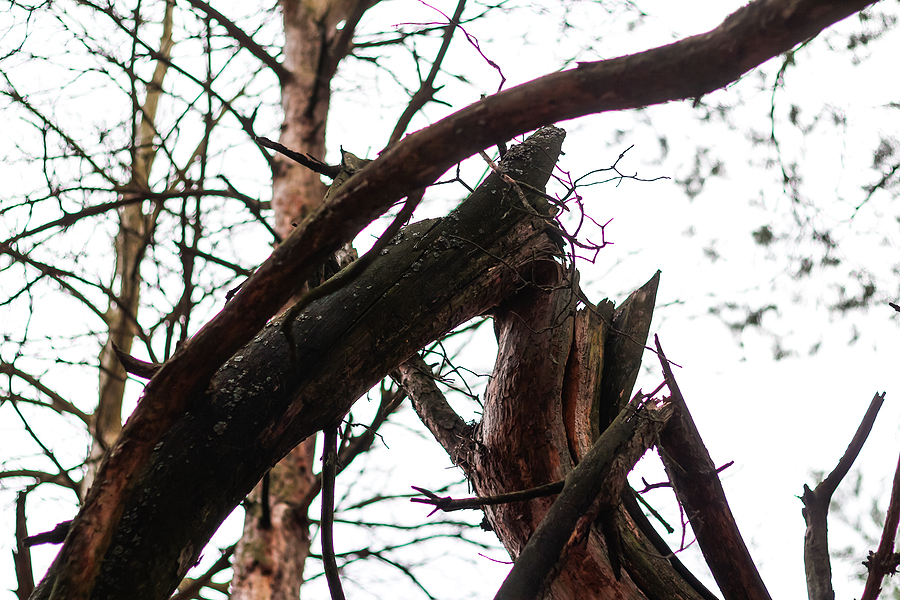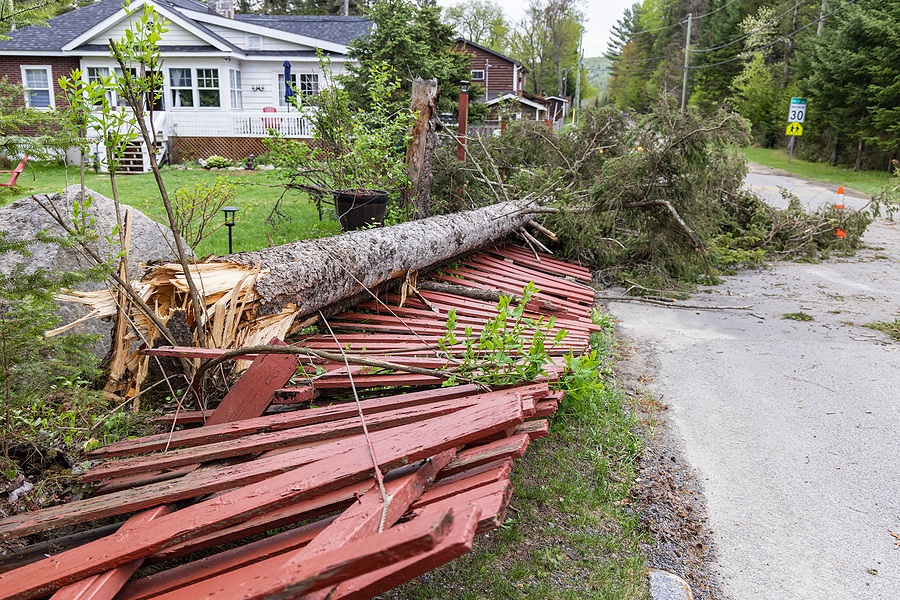A windstorm or violent rainstorm can wreak havoc on your trees, leaving behind broken branches and damaged foliage. While it’s not always possible to prevent this kind of destruction from occurring, there are a few steps you can take after the storm has passed to help your trees recover. From assessing the damage and removing any hazardous debris to calling in a professional tree service for assistance, here is what you need to do when dealing with broken branches in the aftermath of a storm.

How to Manage Broken Tree Branches
The first and most important step is to assess the damage the storm has caused. Look for broken or snapped branches, as well as any uprooted trees that may need to be removed. If you find any hazardous debris such as large branches hanging from power lines or obstructing walkways, it’s important to act fast by calling your local utility company for help in removing them.
Hire a Tree Service Company
Once you have identified any potential safety hazards, you should then contact a reputable tree care company for assistance in dealing with the damaged trees. A professional tree service contractor will be able to identify the extent of the damage and what steps can be taken to restore your trees back to their healthy condition. This could involve pruning away dead or diseased branches, adding fertilizer or soil amendments to the roots, and providing support for weak or unstable branches.
Tree Removal Service
In some cases, it may be necessary to completely remove a tree that has been badly damaged in the storm. This is especially true if there is any risk of further damage if it’s left in place. However, before removing a tree you should consult with your local tree contractor first as they can help determine whether a different approach such as cabling and bracing might be more appropriate.
Consider Your Own Safety Before Attempting DIY Tree Work
When it comes to dealing with broken branches in the aftermath of a storm, safety should always come first. If you suspect any hazardous debris or damaged trees on your property after a storm has passed, make sure to call in an experienced professional tree service business for help in assessing the damage and restoring your trees back to health. With the right approach, you can ensure that your trees remain strong and healthy in the face of any future storms.
Are you in search of reliable and insured tree care services close to home? Contact Complete Tree Care at 317-783-2518 for affordable tree removal, tree trimming and pruning, and all other tree services in Indianapolis, Indiana and its surrounding counties. We provide residential and commercial tree services, as well as certified arborist services.
Related Posts:
Is My Tree Dead or Diseased?
Is it Expensive to Remove a Tree That Fell Over?
Why You Should Remove Tree Branches That Overhang the Roof


